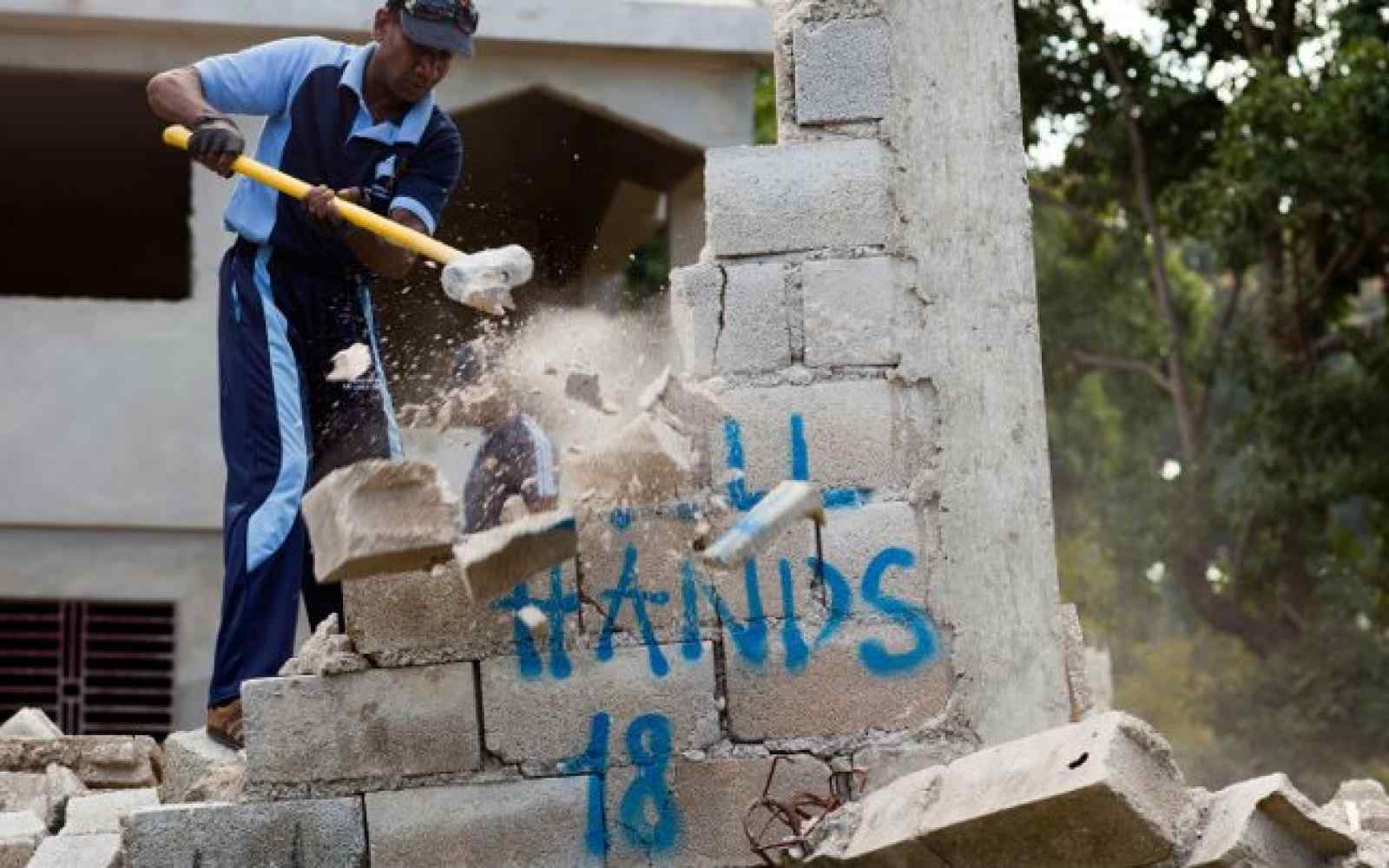This week marks the one-year anniversary of the earthquake that struck Japan in 2011. The resulting tsunami and international nuclear crisis affected hundreds of thousands of people.
To highlight the importance that emergency management can play in reducing and mitigating tragic loss, Ashoka Japan hosted an event that addressed how Japan, and other countries and communities struck by sudden disaster, can create mechanisms, models, innovative programs, and solutions-based projects in a time of crisis.
There are also a number of Ashoka Canada Fellows working in communities to build economic, environmental, and societal resilience. They support communities to implement sustainable solutions that address underlying issues, such as poverty, that are often amplified during a disaster.
They also help to establish systemic change, in order to prevent future problems from arising. We asked a few Ashoka Canada Fellows to use this one-year milestone to reflect on the situation in Japan, and to offer insights about crisis management—fostering an atmosphere of idea sharing and best practice exchange, a cornerstone of the Ashoka Fellowship.
Daphne Nederhorst, of Sawa World is reminded of the “extraordinary leadership and solutions that manifest when people are confronted with some of the world’s most critical emergency situations.” She noted that Sawa’s work in Haiti is a prime example of the innovative models that Sawa Leaders implement; addressing issues of isolation, health, and poverty, all of which were intensified by Haiti’s 2010 earthquake.
Eva Marszewski, of Peacebuilders International, believes that communities in crisis could benefit from the approach offered by peace circles. Peacebuilders currently uses peace circles as a crisis response technique that fosters group dialogue in Toronto’s youth communities most heavily impacted by the justice system. These circles can be a highly effective method of restorative community building when they are used to identify support agencies and mechanisms, as well as to encourage solutions-directed brainstorming among community stakeholders.
“Certainly, we will face crises in the future,” says George Roter, of Engineers Without Borders Canada (EWB). But he emphasizes that it is how we respond to crisis that will create societal resiliency and adaptability.
EWB has embraced the Japanese tradition of kaizen, or continuous improvement, in its work in Canada and Africa. Its most groundbreaking adoption of kaizen is the release of an annual Failure Report, which George believes helps EWB take risks, improve constantly, and build trust.
Roter believes kaizen gives Japan incredible resiliency that is integral to social change and invaluable to systemic change; it puts the country at an advantage in social innovation and entrepreneurship because of its focus on continuous improvement as a fundamental philosophy.
Whether addressing underlying systemic issues, facilitating community dialogue, or adapting philosophies of growth and improvement, Ashoka Fellows will tell you there is no single best approach or answer to rebuilding a community affected by crisis. It is through collaborative approaches, where empathy, hope, and possibility are all solutions accelerators, that we can build a world where Everyone is a Changemaker.
Photo: Emily Van Tassel
